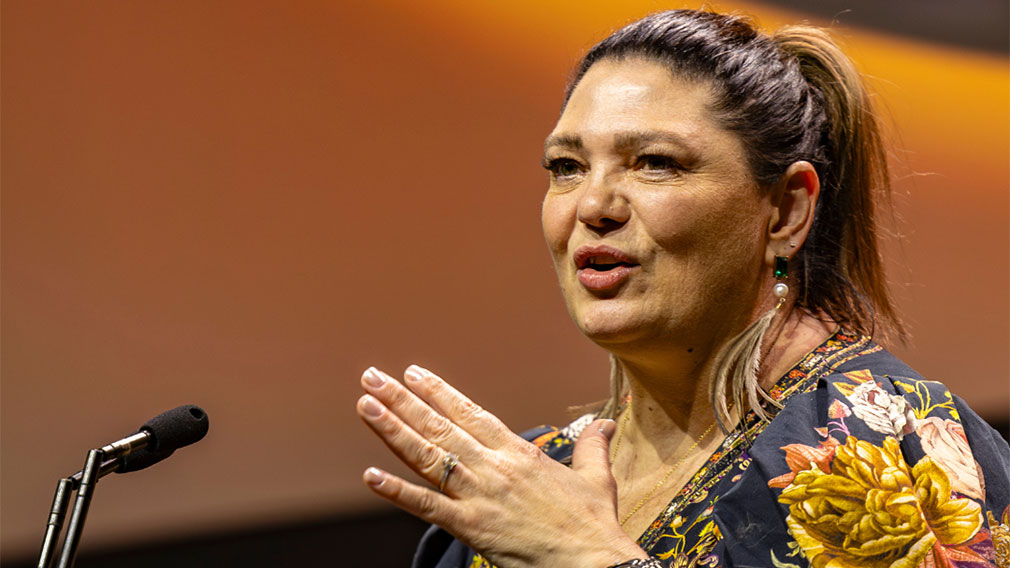Art and community: APY Lands’ ‘beating heart’
A look inside The APY Art Centre Collective. (Josh Wall)
Sally Scales calls it the area’s “beating heart”.
Nestled in north-west South Australia hundreds of kilometres from Adelaide and Alice Springs, the APY Lands, or Anangu Pitjantjatjara Yankunytjatjara, covers more than 100,000 square kms with several communities the few thousand mostly Indigenous and natural owners call home.
It’s arid, isolated and naturally stunning, often at the same time.
But other than The APY Art Centre Collective, a group of Indigenous owned and governed enterprises, there’s little, if any, industry to support the population.
“We're in a remote community, a good 1500 kilometres from Adelaide, 900 kilometres from Alice Springs. On the APY Lands the art centres are the only source of non-government funds and if you think about it that's huge,” Scales, the organisation’s spokesperson, says at its new Sydney gallery, testament to the art world’s growing demand for Aboriginal works.
“I don't think I can truly explain the value of our art centres because it is our beating heart.”
On a recent trip to the region ahead of NAIDOC week, The APY Arts Centre Collective’s general manager Skye O’Meara says demand for art from the organisation’s around 500 artists working out of seven art centres on the APY Lands has increased globally. Work regularly appears in – and wins – prestigious awards such as the Wynne Prize and has been snapped up by celebrities like Steve Martin, who has become an advocate of Aboriginal art.
Speaking at the Tjala Arts Centre which is home to 60 artists, O’Meara points to how it’s grown earnings to around $2m a year from $400,000 a decade ago. Importantly, she explains this is better flowing throughout the region due to the organisation’s model that results in 60 per cent of sales going to artists compared to around 36 per cent under previous arrangements.
“There's two very distinct industry models. There’s the Aboriginal owned and governed model and then the second model is a dealer-based model…the name of the game is to make money for that company,” says O’Meara, who has worked at the organisation for more than a decade. “So you're not seeing the commitment to that return to community or that return to Indigenous artists and their families.”
O’Meara, a Westpac Social Change Fellow as part of the Westpac Scholars Program, says a key focus of the APY Lands community elders has been on growing and educating young talent to provide access to employment, with around 40 per cent of artists under the age of 45.
“It's deeply important for Anangu to stay on country…(and) they're acutely aware that they're running out of time. So they have this limited period to get this youngest generation strong and smart and ready to take on their cultural responsibilities of looking after this country,” she says.
As for future opportunities, she says it’s not only domestic opportunities opening up for their artists from the elders’ “bush to boardroom” push, but global.
“This year we've seen artists travelling to New York to Miami to Asia for festivals, we've had artists attending their exhibitions in Switzerland,” she says. “The international opportunities seem to be growing.”
Applications for a Westpac Social Change Fellowship for 2020 are open until 2 August 2019.




